Only a generation ago, spotting a beaver splashing through a river or a pine marten darting across a woodland clearing would have been almost unthinkable.
- Prehistoric aurochs are back from extinction and spreading across Europe. And they could be heading to the UK
- 8 British animals that are now extinct
Once lost through centuries of hunting and habitat destruction, these 'lost' species are now returning to the British countryside thanks to ambitious reintroduction projects and long-term conservation work. Their comeback is reshaping landscapes, restoring ecosystems, and reconnecting people with wildlife that disappeared from our islands long ago.
Species making a comeback in Britain
Eurasian beaver (Castor fiber)
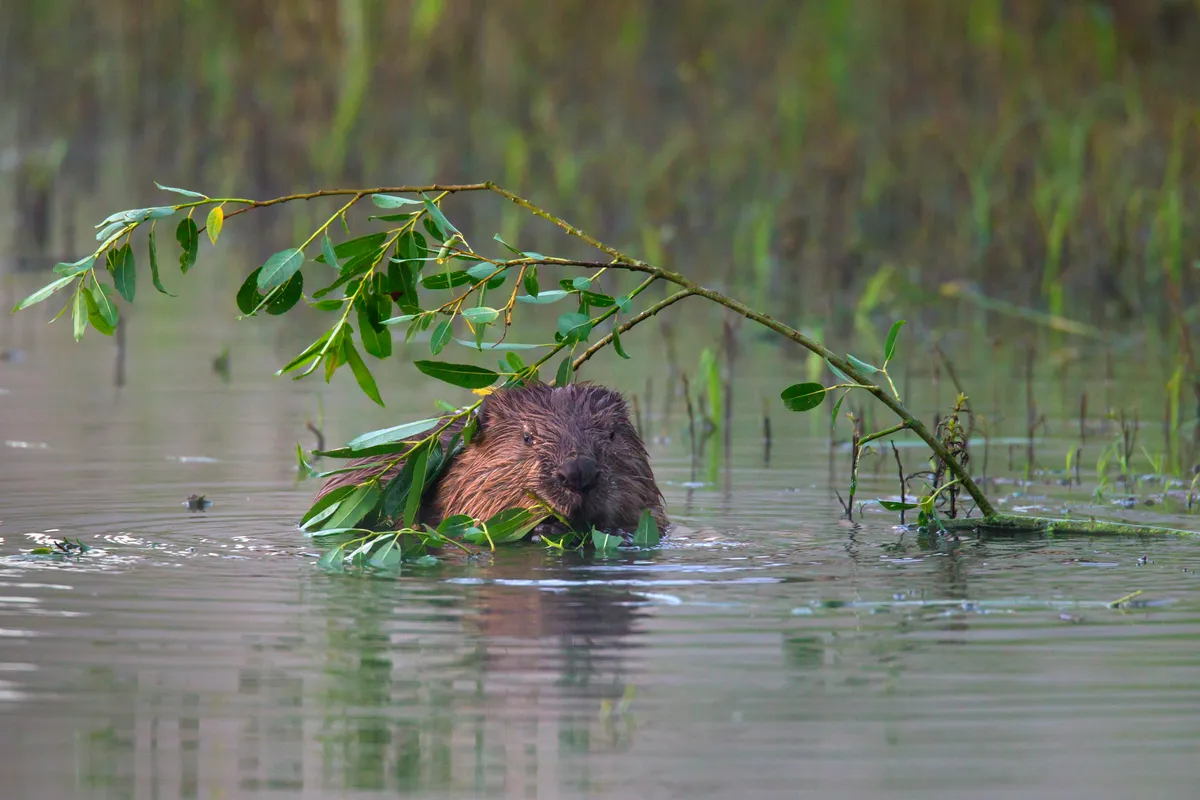
Hunted to near extinction 400 years ago, the Eurasian beaver was reintroduced to Scotland in 2009 and later to sites in England, including Dorset and the Forest of Dean. Populations are now thriving, with these natural engineers transforming rivers and wetlands by building dams, slowing floods, and creating new homes for countless species.
The UK's beaver population swelled in 2024, with new kits spotted in Northumberland, Kent, the Cairngorms, and even London for the first time in 400 years.
Earlier this year, the UK Government confirmed it will permit licensed releases of beavers into the wild, while formally recognising free-living populations already established in parts of England
Pine marten (Martes martes)

Once the second most common carnivore in Britain, pine martens were driven close to extinction by the 1800s after populations were hunted for fur, predator control by gamekeepers, and widespread habitat loss.
Today, thanks to reintroductions, they are bouncing back in Wales, northern England, and south-west England. Their return is not only restoring a lost predator but also helping red squirrels by suppressing invasive greys.
White-tailed eagle (Haliaeetus albicilla)
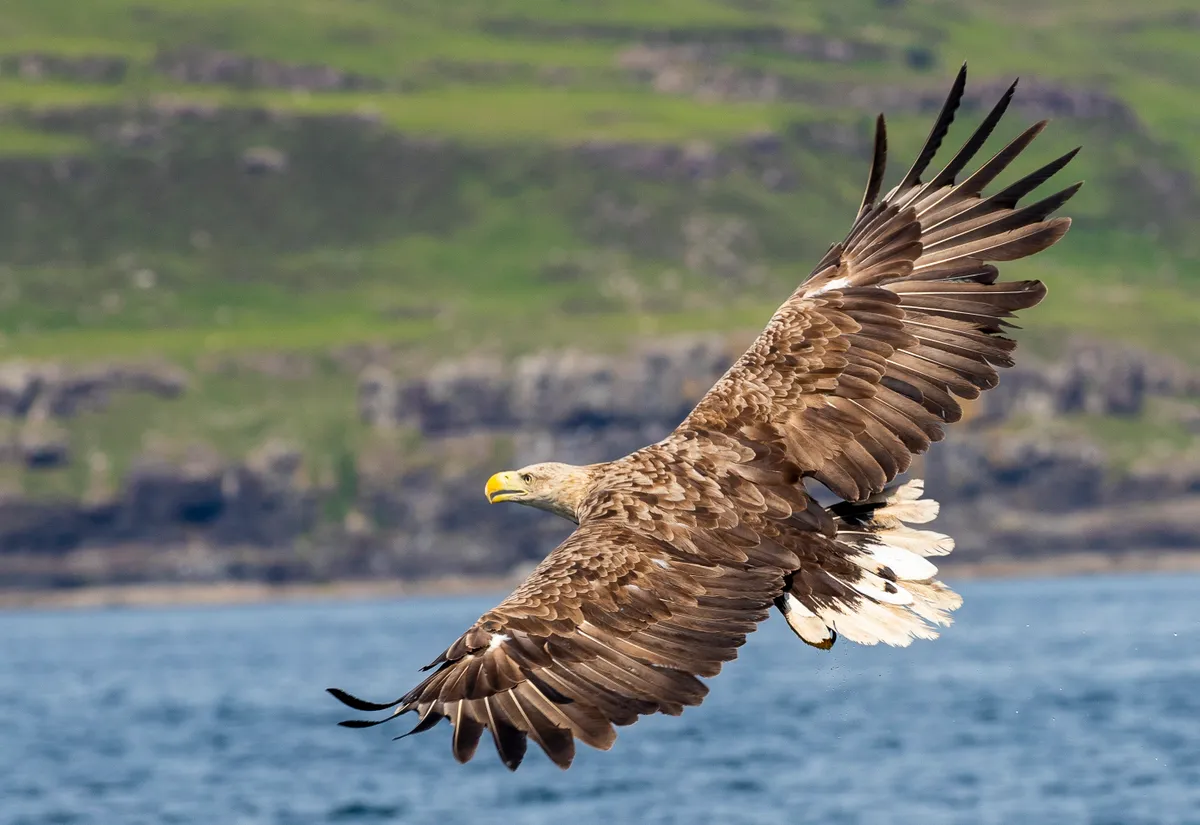
The UK’s largest bird of prey, the white-tailed eagle, was wiped out in the early 20th century but has soared back after reintroduction projects began in Scotland in 1975.
- White-tailed eagle vs osprey: what's the difference between these two stunning birds of prey?
- It weighs as much as house cat, has a wingspan the size of an average door and can hit 100 miles per hour when hunting - that's one formidable predator
Now well-established across parts of Scotland, they returned to England’s skies in 2019 with a release on the Isle of Wight – the first sightings in 240 years. In 2021, 12 more juvenile white-tailed eagles were released.
European bison (Bison bonasus)
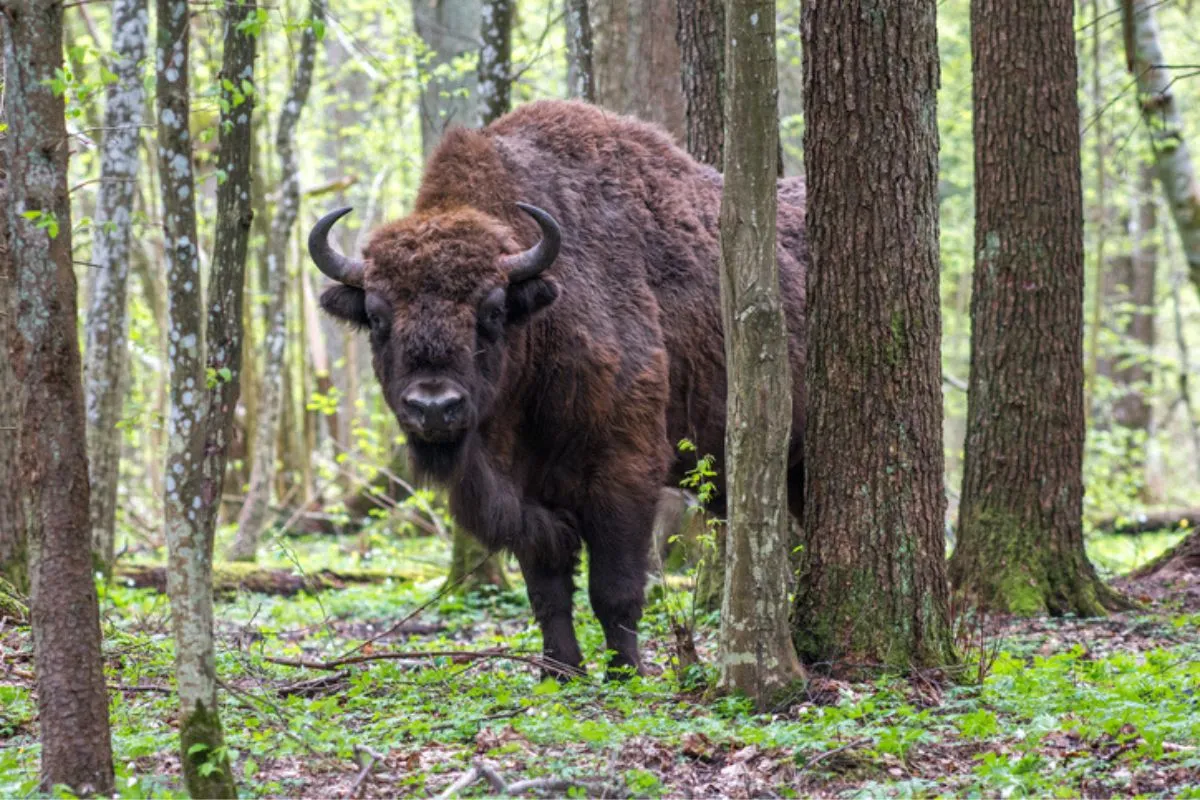
Europe's largest land mammal is making a lumbering comeback – in 2022, three female bison were released into Blean Woods, Kent, as part of a pioneering rewilding project. In just two years, they have transformed dense woodland into a richer habitat, creating open glades, boosting biodiversity, and demonstrating the ecological power of large herbivores.
Scottish wildcat (Felis silvestris)

Nicknamed the 'Highland tiger', the Scottish wildcat is Britain’s only native wild feline; it may look similar to a domestic tabby but is far more robust. It has a sturdy build with longer legs, a broad, flat head, and wide-set ears. Its most distinctive feature is a thick, bushy tail, patterned with dark rings and ending in a blunt black tip – a true marker of its wild heritage.
Once widespread across mainland Britain, wildcats are now critically endangered and only found in the north-west Highlands of Scotland. These elusive creatures are facing a sharp decline, with current population estimates ranging from just 115 to 314 individuals.
Captive breeding and release programmes are now underway in the Highlands in an urgent bid to save Britain’s last native wild feline from extinction.
Red kite (Milvus milvus)
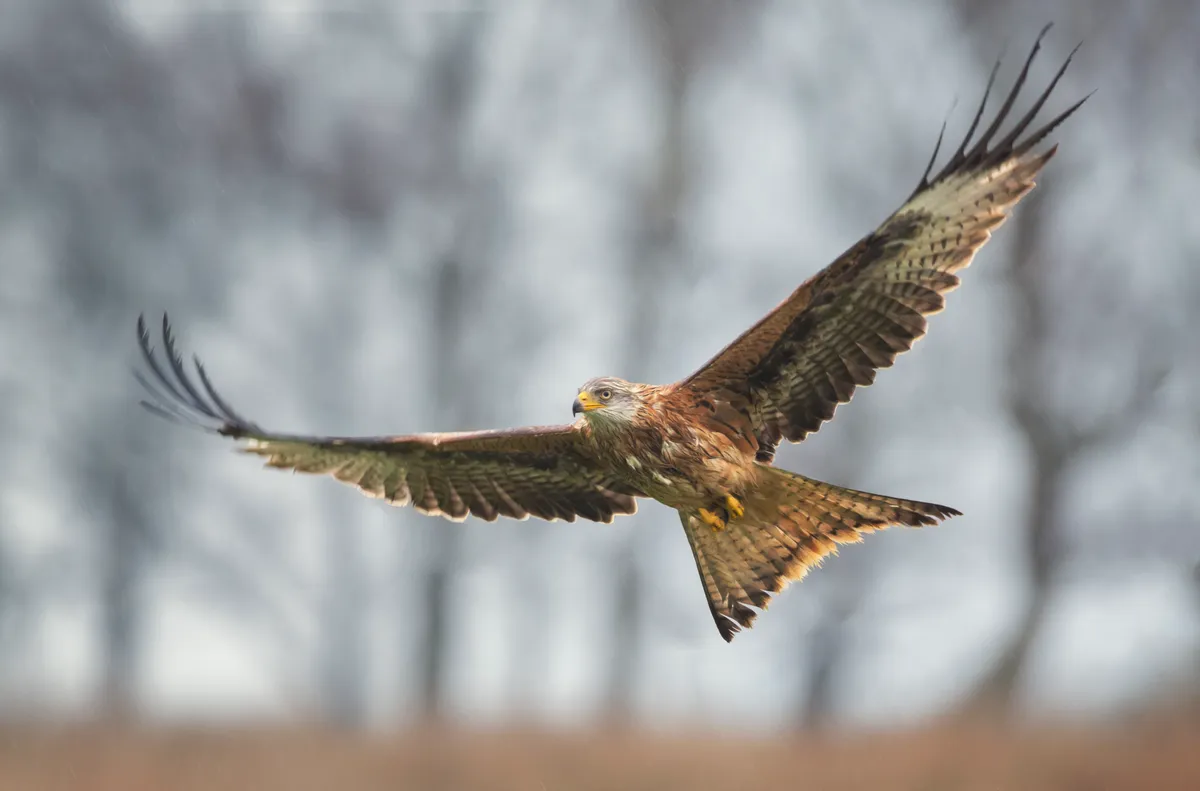
Once reduced to a handful of birds in Wales, the red kite is one of Britain’s greatest conservation success stories. Once widespread, it disappeared from England by 1871 and from Scotland by 1879, driven to the brink by persecution. By 1903, only a handful survived in Wales, and despite early conservation efforts, their numbers stayed perilously low.
Reintroduction efforts since the 1980s have seen their population soar to more than 10,000 birds, now a familiar sight gliding over towns, villages, and countryside.
Wild boar (Sus scrofa)
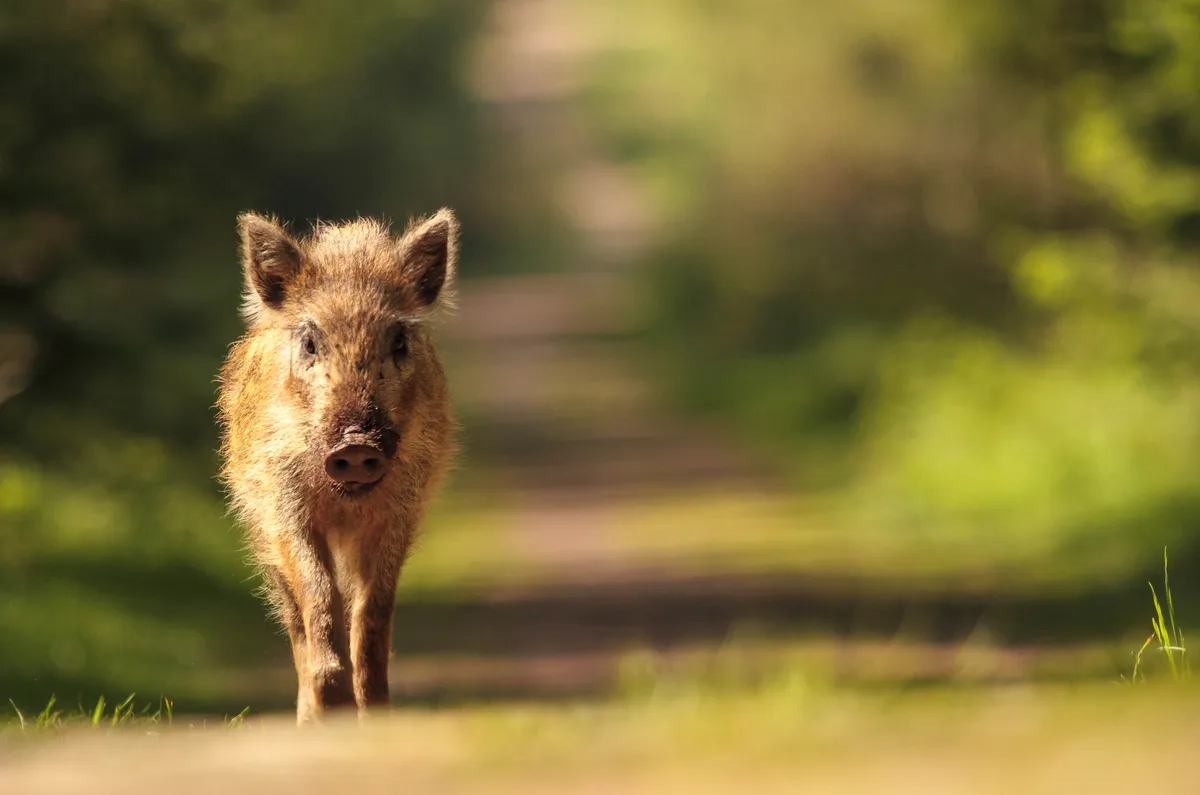
Hunted to extinction centuries ago, wild boar have returned to the UK not through planned reintroductions, but through farm escapes and deliberate releases. Today, thriving populations roam areas like the Forest of Dean in Gloucestershire and the Weald in southern England, with numbers estimated at around 4,000.
Wild boar bring benefits to woodland ecosystems, but there has also been debate over their impact on farmland and public safety.
Species yet to be reintroduced
What about wolves and lynx?
While wolves are unlikely to be reintroduced anytime soon due to concerns about livestock and public acceptance, there is growing support for the return of the Eurasian lynx. More elusive and less threatening, lynx could one day prowl the Highlands and uplands again, offering a first step toward restoring lost predators to Britain’s ecosystems.
Wolf (Canis lupus)

The idea of bringing wolves back to the UK remains highly debated but, for now, unlikely. Key concerns include the safety of livestock, public unease about large predators, and whether Britain's landscapes could realistically sustain wolf populations.
- What is the biggest wolf in the world? Meet the deadly canine apex predator - as well as its domestic rivals
- How wolves were driven to extinction in Britain - and why their return would help heal the landscape
Lynx (Lynx Lynx)

By contrast, the Eurasian lynx is gaining growing support as a candidate for reintroduction. This shy, medium-sized predator poses little danger to people and minimal risk to livestock, making it a more publicly acceptable first step toward rewilding with large carnivores. With suitable habitat available in the Scottish Highlands and parts of northern England, pilot projects are under serious discussion – putting the lynx in line to become a pioneer of the UK’s wilder future.
Reintroductions across Europe
Across Europe, many species, including brown bears, white- tailed eagles and wolves, are making a dramatic recovery, according to a major new report commissioned by Rewilding Europe, a charity working to restore wild spaces across the continent.




